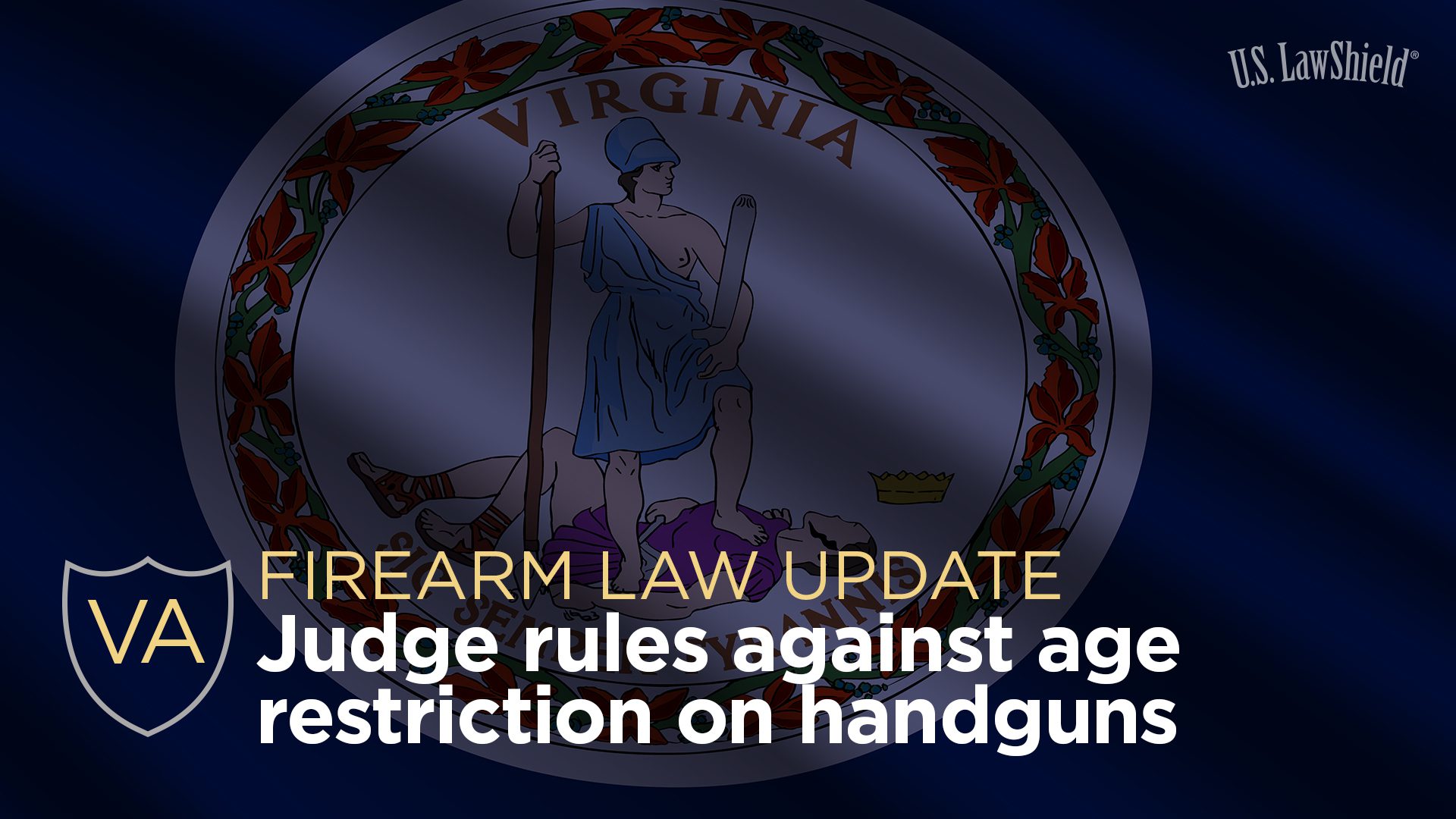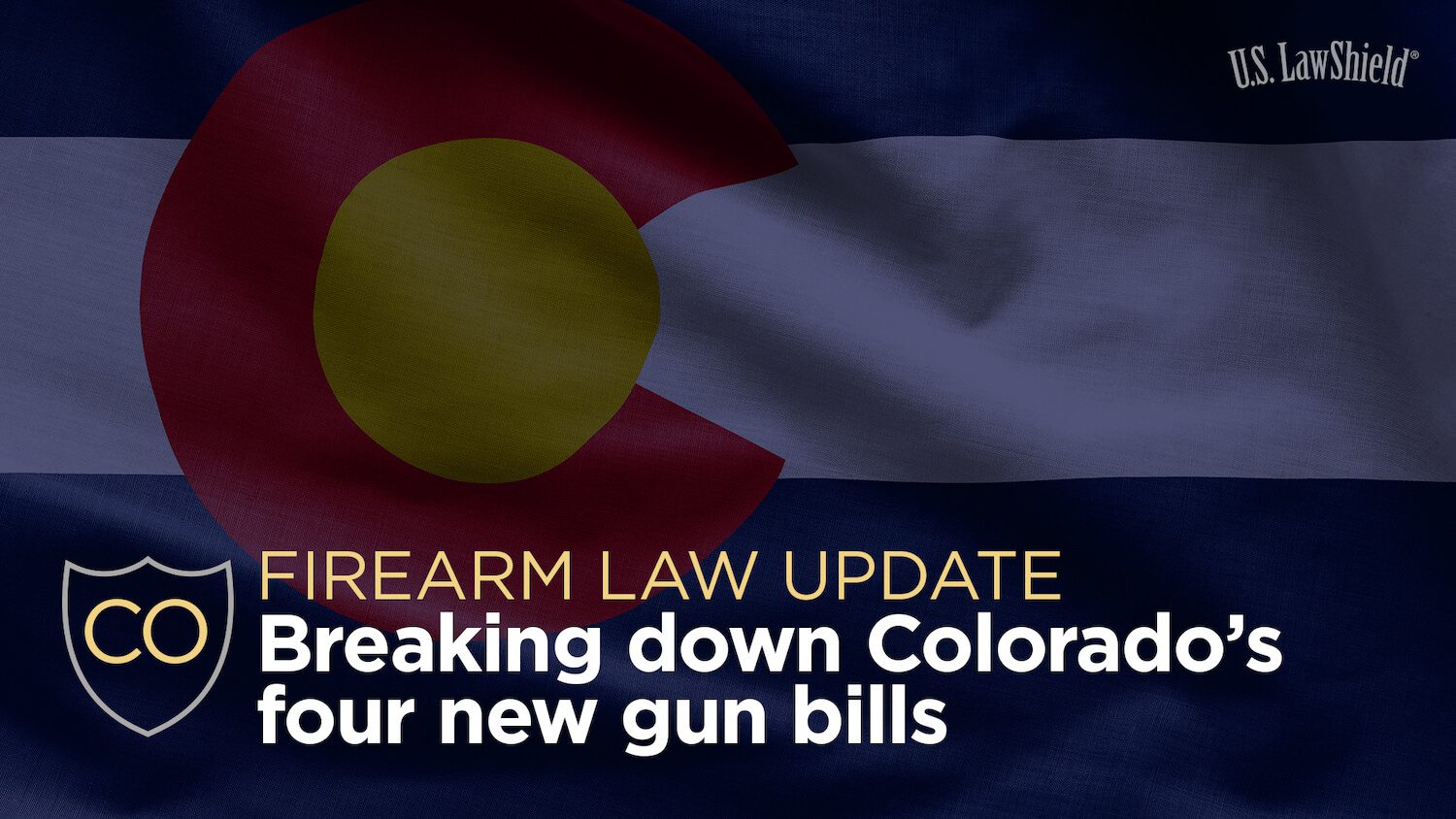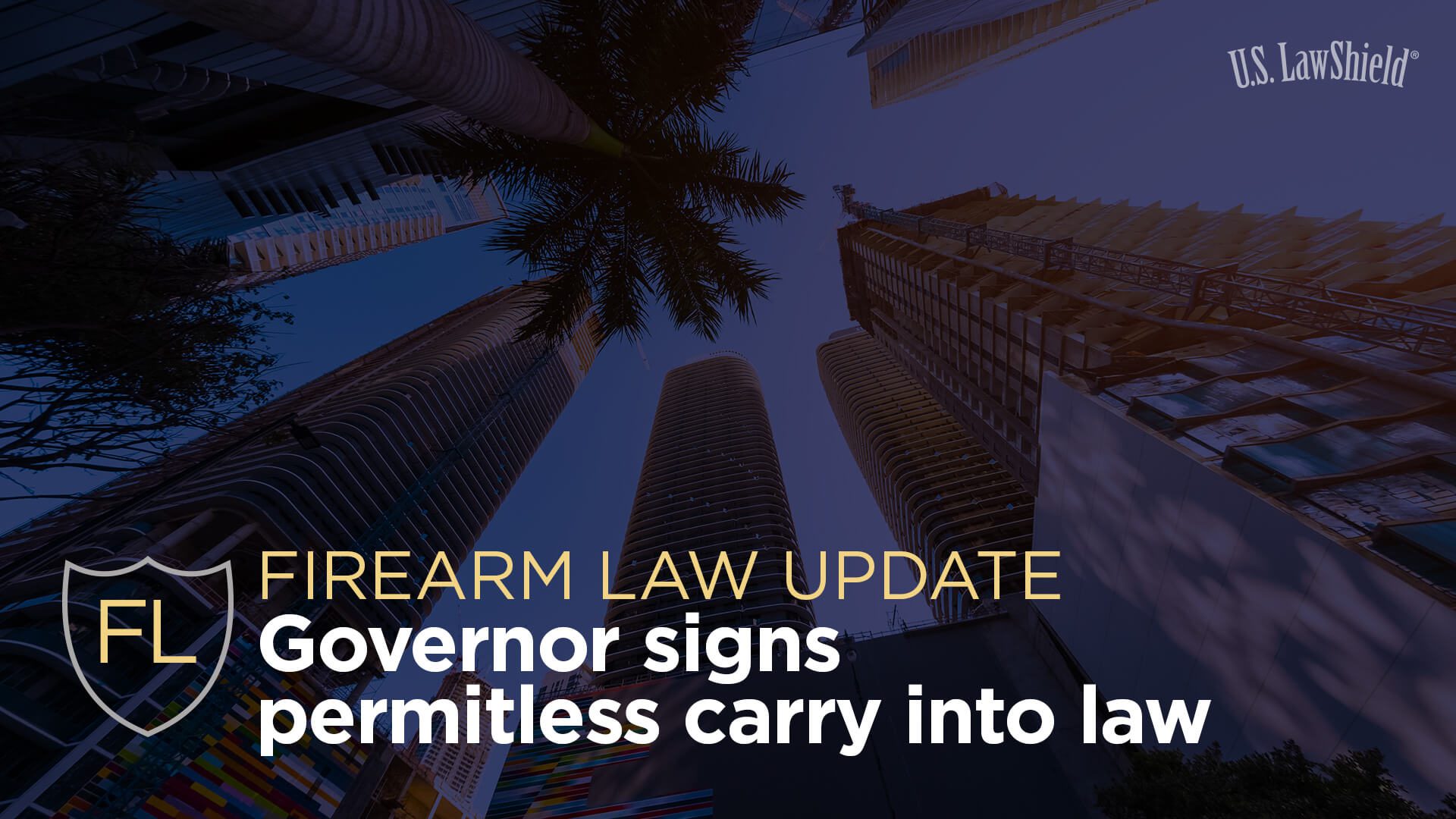
Can a judge sign an order allowing police to seize your guns without you even breaking a single law? In recent years, there has been a nationwide push for “extreme risk protective orders” or “red flag” laws specifically designed to remove firearms from people accused of engaging in conduct or making statements that others may deem “dangerous.” You’ve probably heard about them in the news recently; but what are they? What do you need to know about them, and how could they be used to take away your Second Amendment rights? Let’s look at the history of these laws and how New Mexico uniquely falls on this hotly debated area.
The History of Red Flag Laws
Red flag laws entered prominent national discourse in 1999 when Connecticut passed the first one of its kind because of a mass shooting at the Connecticut Lottery headquarters. Lawmakers in Connecticut intended this law to target individuals with specific mental health conditions and prevent them from accessing firearms.
More recently, on February 14, 2018, a 19-year-old former student opened fire at Marjory Stoneman Douglas High School in Parkland, Florida, horrifically killing 17 people and injuring 17 others. There was an immediate national outcry to “do something” to stop what the media has frequently dubbed “gun violence.” When information emerged that the shooter had documented mental health issues, lawmakers across the country began pushing for laws to take away guns from individuals whose behavior raised a “red flag” that they could be a threat to themselves or others.
In theory, the purpose of these laws is to identify an individual who exhibits early warning signs of danger and prevent a criminal act from occurring by preemptively disarming them. However, there’s an obvious irony: with red flag legal proceedings, the person’s firearms are seized, but the individual may be quickly released back into society, free to pursue whatever misdeeds they might choose to do.
Many of the states with red flag laws currently on the books allow for an enforceable court order that prevents the person from owning, purchasing, possessing, or transporting firearms and ammunition for a specified period of time. Several jurisdictions also allow the extension of these orders if the affected individual is still “deemed a threat.”
For example, under California’s red flag law (called a “gun violence restraining order”), a person could be prohibited from owning, purchasing, possessing, or transporting firearms and ammunition initially for between one and five years, with the potential for the order to be renewed and extended indefinitely. California Penal Code §§ 18170-18197 lays out the process by which any qualifying person may ask to extend the red flag order within three months of its expiration. The order will be extended if the court finds that the person still poses a significant danger of causing personal injury to themselves or another by controlling, owning, purchasing, possessing, or receiving a firearm, ammunition, or magazine, and all other conditions for renewal are satisfied.
A Californian subject to a red flag order may petition the court only once per year and ask for it to be lifted; which could entail another costly and time-consuming legal proceeding.
As of the publish date of this article, 19 states and the District of Columbia have enacted versions of red flag laws. How do things stand for New Mexico?
Red Flag Laws in New Mexico
New Mexico passed the Extreme Risk Firearm Protection Order Act in February of 2020 (also known as Senate Bill 5), making it the 18th state to adopt a red flag law. The stated impetus for the legislation was the El Paso Walmart shooting, where 22 people were killed despite the shooter’s mother notifying law enforcement about her concerns regarding her son. It’s important to note that Senate Bill 5 wasn’t bipartisan legislation. Not one Republican voted for it in either chamber of the State Legislature. Further, almost every elected Sheriff opposed it. This was likely in equal parts because of ideological opposition to seizing someone’s property without due process and because Section 14 of the law was very controversial. Section 14 states that “failure to comply with duties established pursuant to statute or law” may serve as a basis for civil liability for a law enforcement organization, thus creating civil liability of a department if the department is notified that someone may hurt themselves or others and the department does not act to remove that person’s firearms.
Like all red flag laws, New Mexico’s law is going to be challenged in court. Despite going into effect in July of 2020, it is currently unclear whether this law will survive the inevitable legal challenges for violating New Mexico residents’ constitutional rights. Concerning for law-abiding New Mexicans is the ease with which the government can seize your property. The limited national statistics available show that, at least in Florida, 97% of temporary risk orders sought by the government have been granted as well as 99% of all final orders. In any event, New Mexicans must be concerned with the slippery slope this law poses.
Potential Future Legislation in New Mexico
In New Mexico, the anti-firearm rhetoric continued with the introduction of House Bill 193, which sought to expand the red flag law passed in the last session. The aim of this proposed legislation was to expand the definition of the “reporting party” who could make requests to law enforcement to file a petition with the court to remove an individual’s firearms. Disturbingly, this one expansion would have allowed law enforcement officers “absent receipt of credible information from a reporting party” and with little to no known information about a person, to petition the court to seize a person’s firearms. This seizure would have taken place based upon limited or no actual interaction with the subject. This bill embodied the troubling path that critics of Senate Bill 5 warned about just one year ago.
If you have questions about red flag laws or any other gun-related legislation, call U.S. LawShield and ask to speak to your Independent Program Attorney.
The information provided in this publication is intended to provide general information to individuals and is not legal advice. The information included in this publication may not be quoted or referred to in any other publication without the prior written consent of U.S. LawShield, to be given or withheld at our discretion. The information is not a substitute for, and does not replace the advice or representation of a licensed attorney. We strive to ensure the information included in this publication is accurate and current, however, no claim is made to the accuracy of the information and we are not responsible for any consequences that may result from the use of information in this publication. The use of this publication does not create an attorney-client relationship between U.S. LawShield, any independent program attorney, and any individual.




Leave A Comment